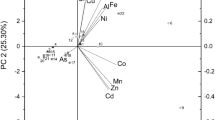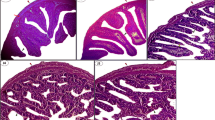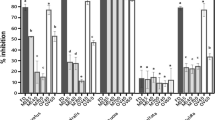Abstract
A 6-week feeding trial was conducted with 44-d-old European sea bass (Dicentrarchus labrax L.) in order to examine the effect of various dietary phospholipid (PL) sources on the incorporation of n-3 highly unsaturated fatty acids (HUFA) in tissue lipids. From weaning onwards the fish received diets prepared by coating different lipid fractions (7.5% diet) on an extruded basal diet (92.5% diet). The two PL-free control diets contained 0.5 and 2% of an emulsifier blend, respectively. Seven other diets contained 2% PL, differing by their purity and origin (vegetable or animal). All diets were rendered isolipidic by the addition of hydrogenated coconut oil. Feeding the PL-supplemented diets, except the diet containing hydrolyzed soybean PL (lyso PL), resulted in a higher survival and a 10 to 30% better growth as compared to the PL-free diets. No difference according to the PL origin was observed. The sea bass final lipid content increased with increasing body weight. Also the lipid class composition of the fish was clearly correlated with the final weight gain. Total neutral lipid increased from 51% of total lipid (initial fish) to 76% for fish fed the PL-free diets, and up to 88% for fish fed the sunflower PL. Weaning the fish on the experimental diets induced important changes in their fatty acid profiles characterized by a decrease in 18:3n-3, 20:5n-3 and 20:4n-6 and an increase in saturated fatty acids and 22:6n-3 (DHA). According to the fatty acid composition of both total and polar lipid, the weaned fish could be divided into three groups reflecting the dietary fatty acids: a group fed the vegetable PL, a group fed the animal PL and a PL-deprived group. An effect of dietary PL on the incorporation of dietary n-3 HUFA, more particularly DHA, was noticed. For a similar supply of DHA through the neutral lipids in the diet, fish fed PL-supplemented diets (except for the lyso PL diet) had 10 to 25% higher DHA levels in total and polar lipid than PL-deprived fish. This PL effect was already clear at the end of the weaning and was not related to the presence of n-3 HUFA in the PL source, as suspected in a previous study when feeding egg yolk PL. A better incorporation of DHA was not obtained by replacing the PL by an emulsifier or by lyso PL with higher emulsifying properties. Present results confirm a role of dietary PL in the absorption of dietary neutral lipids, by a mechanism other than emulsification.
Similar content being viewed by others
Author information
Authors and Affiliations
Additional information
Received: 27 May 1997 / Accepted: 30 June 1997
Rights and permissions
About this article
Cite this article
Geurden, I., Coutteau, P. & Sorgeloos, P. Increased docosahexaenoic acid levels in total and polar lipid of European sea bass (Dicentrarchus labrax) postlarvae fed vegetable or animal phospholipids. Marine Biology 129, 689–698 (1997). https://doi.org/10.1007/s002270050212
Issue Date:
DOI: https://doi.org/10.1007/s002270050212




